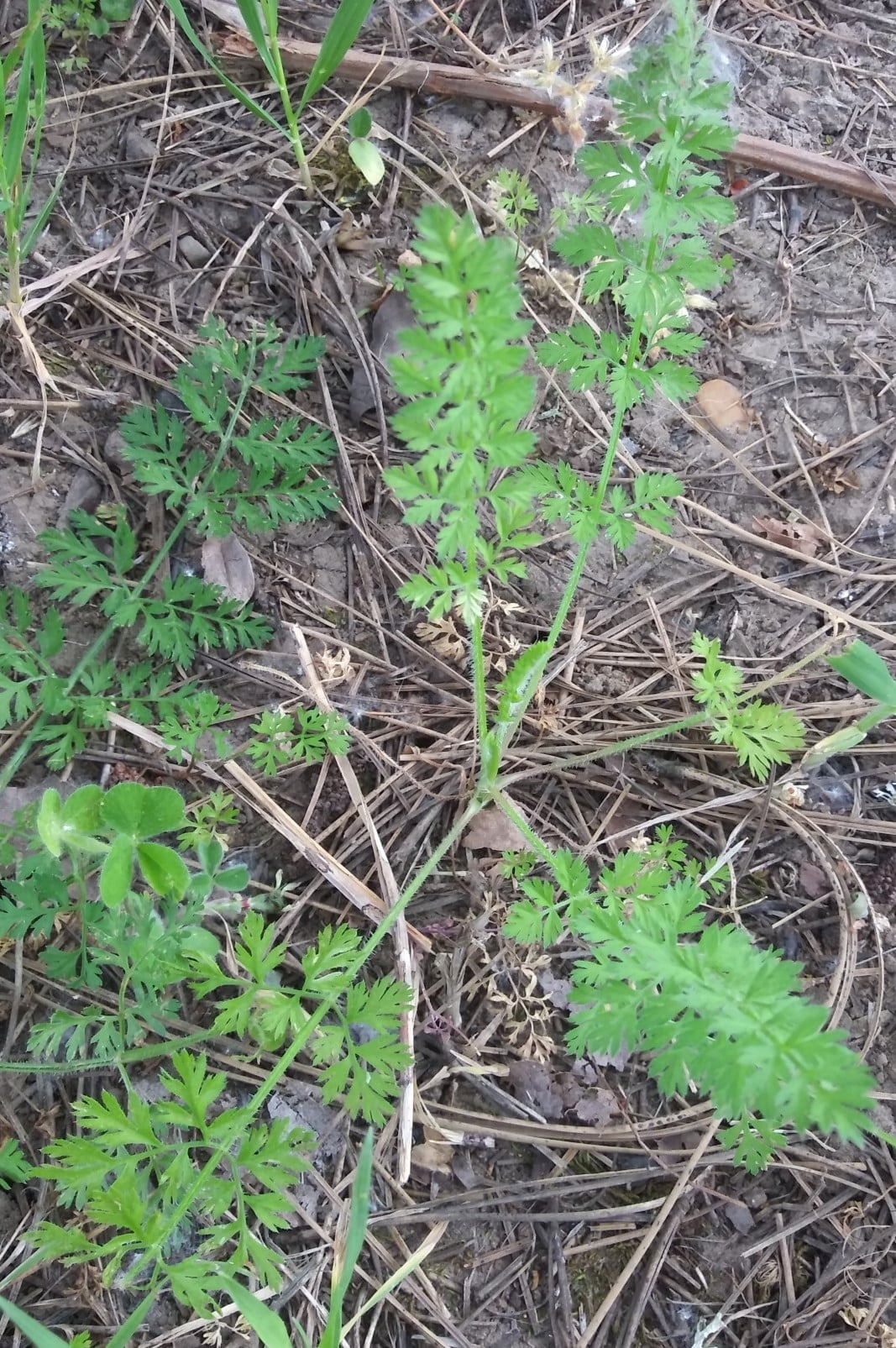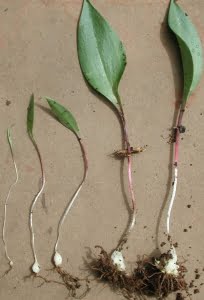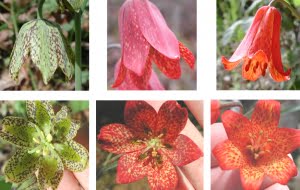
Population Monitoring of Fritillaria gentneri
Common Name: Gentner’s fritillary
Scientific Name: Fritillaria gentneri Gilkey
Species Listing Status: Both the U.S. Fish and Wildlife Service and the state of Oregon have listed Fritillaria gentneri as an endangered species.
Distribution:Gentner’s fritillary is endemic to southwestern Oregon and northern California, specifically Jackson and Josephine Counties in Oregon and Siskiyou County in California. Most populations have fewer than 100 individuals. This species’s habitat is open oak woodlands and chapparral shrub communities along the lower slopes of the Rogue Valley basin.
Project Description: We conducted an annual population count of Gentner’s fritillary at Pickett Creek, in Josephine county. We used two methods to gauge the population:
1. A complete census of all flowering plants in the study area
2. Annual density sampling of randomly established three meter by twenty meter plots.
This ongoing population monitoring study began in 2002. Survival rates for seedlings of Gentner’s Fritallary tend to be low (as with many plants). For the duration of the study the majority of the plants have been vegetative while less than 3% produce flowers in a given year. The data collected at Pickett Creek will help to determine the factors which contribute to the fluctuations in population size, and also will help guide future management decisions for Gentner’s Frittillary.
 |
| Gentner’s Fritillary in bloom. Photo: Alex Wick |
 |
| Gentner’s Fritillary plants of different ages and sizes. Photo: IAE |
Identification Tips: Gentner’s fritillary is characterized by a single, heart-shaped, lily-like leaf with a redstem. When in flower, it is unmistakable as a Fritillaria, with a 30 centimeter or larger, reddish-brown stalk with a whorl of pointed reddish leaves about halfway up. The flowers are spectacular, bell-shaped, dark blood-red, with yellow speckling inside. This species commonly co-occurs with the similar Fritillaria recurva, but can be distinguished by the lack of flared, or “recurved” petals.
For more detailed information about our work with this species, visit: Fritillaria gentneri population monitoring study
 |
| Gentner’s Frittilary bloom (center), flanked by both of its parent species, F. affinis (left), and F. recurva (right) Photo: IAE |
